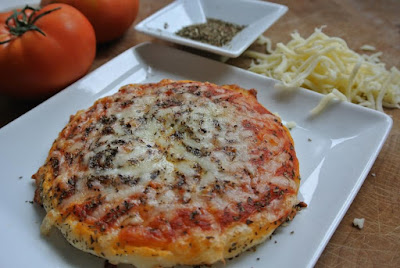It will be according to Natural Machines co-founder Lynette Kucsma, who predicts that the food printing kitchen appliance will one day be just as ubiquitous as the microwave oven is today. It is a rather bold claim, especially in light of the fact that food 3D printing is still in the very early stages and so far the general public hasn’t really been impressed. The industry is trying to make food 3D printers a thing for a few years now, and so far none of the handful of models that have been released will set any sales records any time soon. And there are a few hurdles in the way that need to be addressed before the food industry is going to find itself racing into the average kitchen.
One of the current drawbacks to food 3D printing is
the actual food materials themselves; so far the technology is extrusion-based
and limited to foods that can be made into a paste. That is an ideal technology
for foods like chocolate, frosting, or doughs but in terms of more robust foods, the texture is an issue that will need to be resolved. Certain foods, like the
3D printed pizza, are a start to be certain, but the pizza still needs to be
cooked just like any pizza. It is unclear if the general public will consider
3D printed pizza anything but a novelty given how easy it is to acquire pizza
in almost every other form.
Your kitchen is going to become more intelligent as
time goes by. So you will have connected devices that talk to each other. You
[could] connect your Fitbit to your food printer and it can print a breakfast
bar, for example, that’s appropriate for you on that given day,
Unfortunately, we’re still probably a few years away from anything that advanced, but Natural Machines is taking its time rolling out and is realistic about its chances of being a must-own kitchen appliance. So far the primary users for the food 3D printer seem to be in restaurant or high-end kitchen environments, where its ability to perform repetitive tasks while the staff does other things has proven useful.
A Foodini can be running in the background creating uniquely shaped desserts or appetizers while other food is being prepped, saving precious time for busy kitchen staff.
They totally get it in five minutes or less. Not to be worried at all that it will replace them in the future, that’s not our intention. As a kitchen tool that allows them to plate presentations or dishes that they just cannot physically do by hand or to automate certain food tasks.
However, in terms of home use, it is still going to
be a tough market to break. So far the user needs to supply all of the food
materials, so the printer doesn’t actually save any food preparation time but
actually adds new steps to the process. It’s a great machine if the user is
really set on eating star-shaped hummus that day, but as a device being used to
make an everyday meal, there are too many steps in the process and hassles.
The microwave oven may have taken a few years to become a common household appliance, but it eventually became popular because it actually saved time.
There was a lot of resistance to [the microwave] because people didn’t understand it. It was a new technology. “Why do I need a microwave if [I have] a perfectly good oven?” We see a similar trajectory with 3D food printers except it’s going to happen much faster. We accept technology a lot faster and the technology evolves a lot faster.
However, a specialized 3D printer that works with food might actually be the application that changes that. It is much more likely that using a printer to help prepare meals, provided the developers speed up the process, is a device that most homes would find regular uses for. And Natural Machines seems to be realistic about the market’s need for a kitchen 3D printer and is taking their time developing their technology. So while it may be too early to call the Foodini the microwave of the future, it isn’t really that outlandish of an idea.



Post a Comment